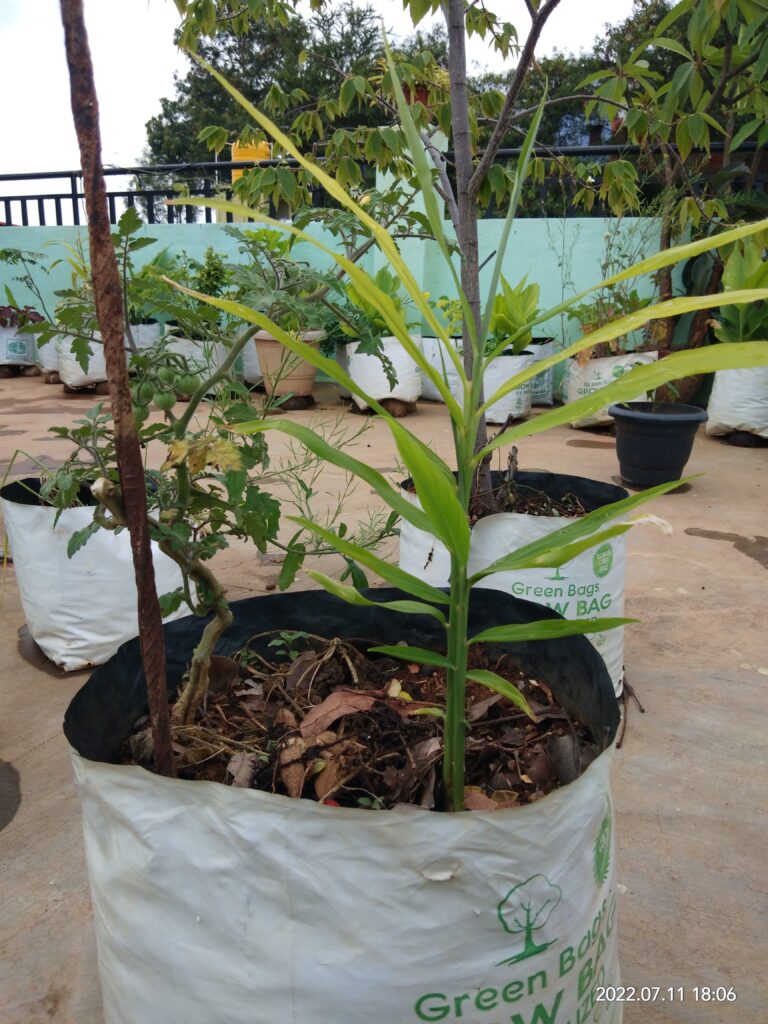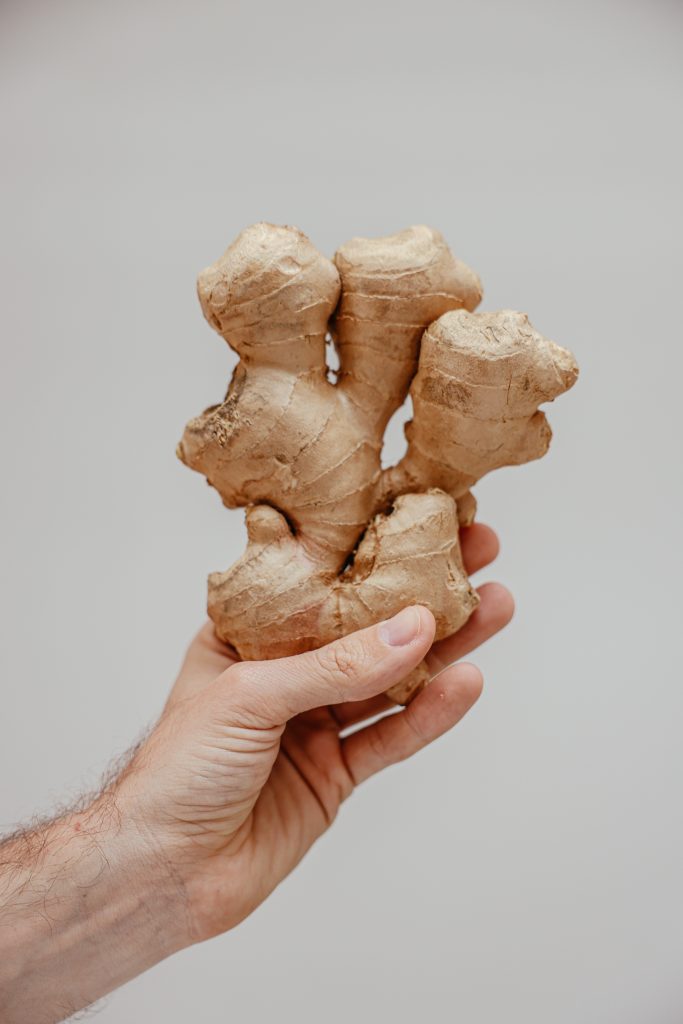
Ginger is a flowering plant that is widely used as a spice and a medicinal herb. It is native to Southeast Asia and is now cultivated in many tropical and subtropical regions around the world. The root of the ginger plant is the part that is most commonly used in cooking and medicine. In cooking, ginger is known for its unique flavor and aroma. It can be used fresh, dried, or powdered, and is often added to dishes such as curries, stir-fries, and soups. Ginger is also commonly used to flavor baked goods such as gingerbread, ginger snaps, and ginger ale. In addition to its culinary uses, ginger is also used in traditional medicine to treat a variety of ailments. It has anti-inflammatory properties and has been used to treat nausea, arthritis, and headaches. Ginger is also believed to help improve digestion, reduce inflammation, and boost the immune system.
Ginger can be consumed in a variety of forms, including fresh ginger root, ginger tea, ginger powder, and ginger supplements. Ginger supplements are often used to treat nausea and vomiting during pregnancy, as well as to treat motion sickness and chemotherapy-induced nausea.
Overall, ginger is a versatile and flavorful ingredient that is used in many cuisines around the world. Its health benefits and medicinal uses have also made it a popular ingredient in traditional medicine. Whether added to a savory dish or enjoyed as a tea, ginger is a delicious and healthy addition to any diet.
How to Grow Ginger?

Growing ginger is relatively easy and can be done in a variety of settings, including gardens, containers, and even indoors. Here are the basic steps to grow ginger:
- Choose the right ginger rhizome: Look for fresh, plump ginger rhizomes with firm skin. Avoid any that are shriveled or moldy.
- Prepare the soil: Ginger prefers rich, well-draining soil. Amend the soil with compost or well-rotted manure to improve its nutrient content and drainage.
- Soak the ginger: Before planting, soak the ginger rhizome in water overnight to encourage sprouting.
- Plant the ginger: Plant the ginger rhizome in a shallow trench or container with the buds facing upward. Cover the rhizome with 1-2 inches of soil and water well.
- Water regularly: Ginger needs regular watering, especially during the early stages of growth. Water deeply once a week or more often during hot weather.
- Fertilize: Ginger plants benefit from regular fertilization. Use a balanced fertilizer every 4-6 weeks.
- Control pests: Common pests that can damage ginger include root-knot nematodes and ginger borers. Monitor your plants regularly and treat with appropriate insecticides if necessary.
- Harvest: Ginger is typically ready to harvest 8-10 months after planting. Carefully dig up the rhizomes and separate the edible parts from the rest of the plant. Rinse the ginger thoroughly and allow it to dry in a warm, well-ventilated area.
By following these simple steps, you can successfully grow your own ginger at home and enjoy its unique flavor and health benefits.
